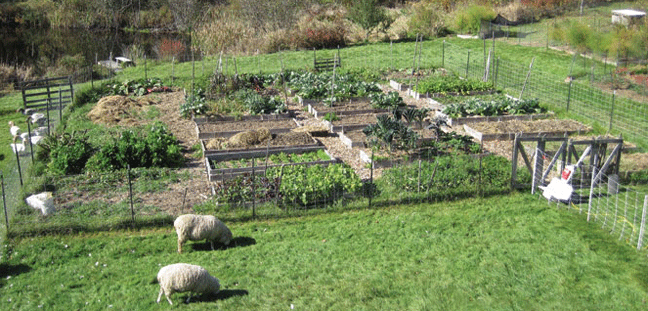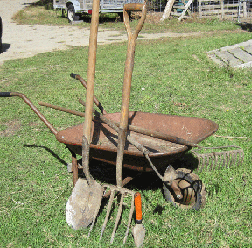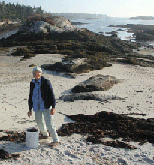 |
|||||||||||||
| Animals are an important part of a healthy ecosystem | |||||||||||||
| Gardens
Every garden is unique. The more ideas you experience, the easier • The New Organic Grower, Four Season Harvest, The Winter Harvest Handbook, Eliot Coleman, (also online videos) |
|||||||||||||
 |
|||||||||||||
| Simple tools are all you need: shovel, spading fork, trowel, rake, hoe, and wheelbarrow. |
|||||||||||||
 |
Living an hour from the ocean, I collect seaweed on the shore for mulching and adding to the compost pile. Seaweed adds vital trace minerals to the soil and food for microorganisms to eat. | ||||||||||||
| Suggestions to make gardening enjoyable with minimal work.
Mimic nature. To increase soil fertility, keep soil covered with mulch or plants. Make permanent beds for plants, and paths for walking. |
|||||||||||||
| Materials for mulching or making compost are available: leaves, stable residue, mulch hay, pine needles, unsprayed grass clippings, etc. Some transfer stations even have compost available. | |||||||||||||
| Make a smaller, efficient garden with multi-use growing areas. • A well-tended smaller garden can produce abundant food. A large, weedy out-of-control garden is not fun. Photos and accounts of traditional cultures show intensively planted areas that are very productive. • Make successional plantings throughout the season for a continuous supply of food. Plants have different growing needs and times which help spread gardening work over the entire season. • Create more planting areas throughout the season as you need them. |
|||||||||||||